Software Architecture: One-Tier, Two-Tier, Three Tier, N Tier
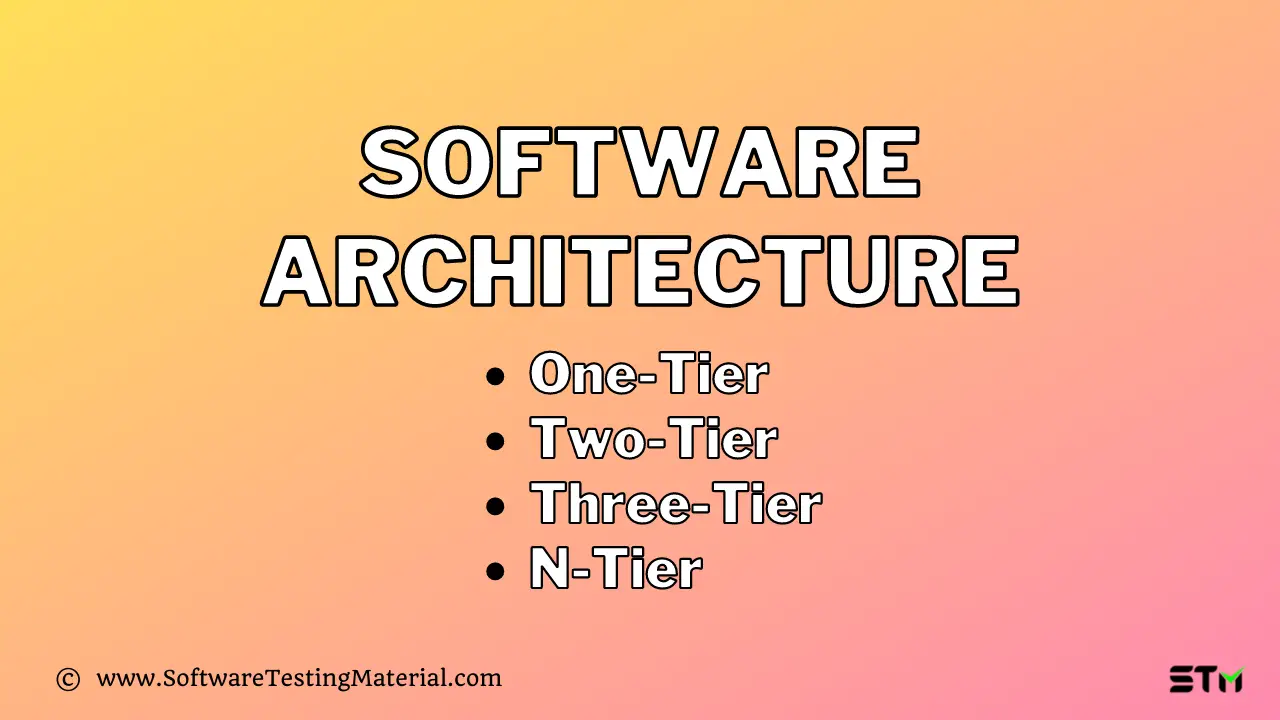
In this Software Architecture tutorial, we will learn the following
Software Architecture
Software Architecture consists of One Tier, Two Tier, Three Tier, and N-Tier architectures.
A “tier” can also be referred to as a “layer”.
Three layers are involved in the application namely Presentation Layer, Business Layer, and Data Layer. Let’s see each layer in detail:
#1. Presentation Layer
It is also known as the Client layer. The top most layer of an application. This is the layer we see when we use the software. By using this layer we can access the web pages. The main function of this layer is to communicate with the Application layer. This layer passes the information which is given by the user in terms of keyboard actions, mouse clicks to the Application Layer.
For example, the login page of Gmail where an end-user could see text boxes and buttons to enter user id, password, and to click on sign-in.
In simple words, it is to view the application.
Check the below video to see “Software Architecture”
Please be patient. The video will load in some time.
If you liked this video, then please subscribe to our YouTube Channel for more video tutorials.
#2. Application Layer
It is also known as Business Logic Layer which is also known as the logical layer. As per the Gmail login page example, once the user clicks on the login button, the Application layer interacts with the Database layer and sends required information to the Presentation layer. It controls an application’s functionality by performing detailed processing. This layer acts as a mediator between the Presentation and the Database layer. Complete business logic will be written in this layer.
In simple words, it is to perform operations on the application.
#3. Data Layer
The data is stored in this layer. The application layer communicates with the Database layer to retrieve the data. It contains methods that connect the database and performs required action e.g.: insert, update, delete, etc.
In simple words, it is to share and retrieve the data.
Must Read: Manual Testing Complete Tutorial
Types of Software Architecture:
#1. One Tier Architecture:
One Tier application AKA Standalone application
One-tier architecture has all the layers such as Presentation, Business, Data Access layers in a single software package. Applications that handle all the three tiers such as MP3 player, MS Office come under the one-tier application. The data is stored in the local system or a shared drive.
Must Read: Most Popular Software Testing Interview Questions
#2. Two-Tier Architecture:
Two Tier application AKA Client-Server application
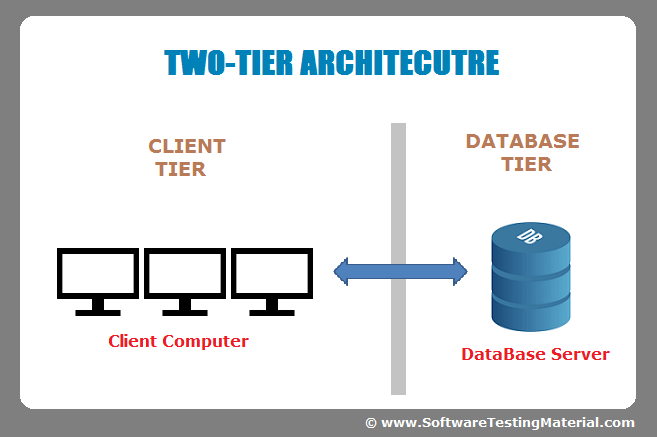
The Two-tier architecture is divided into two parts:
1. Client Application (Client Tier)
2. Database (Data Tier)
The client system handles both Presentation and Application layers and the Server system handles the Database layer. It is also known as a client-server application. The communication takes place between the Client and the Server. The client system sends the request to the server system and the Server system processes the request and sends back the data to the Client System
Must Read: SQL for Software Testers Complete Tutorial
#3. Three-Tier Architecture:
Three Tier application AKA Web Based application
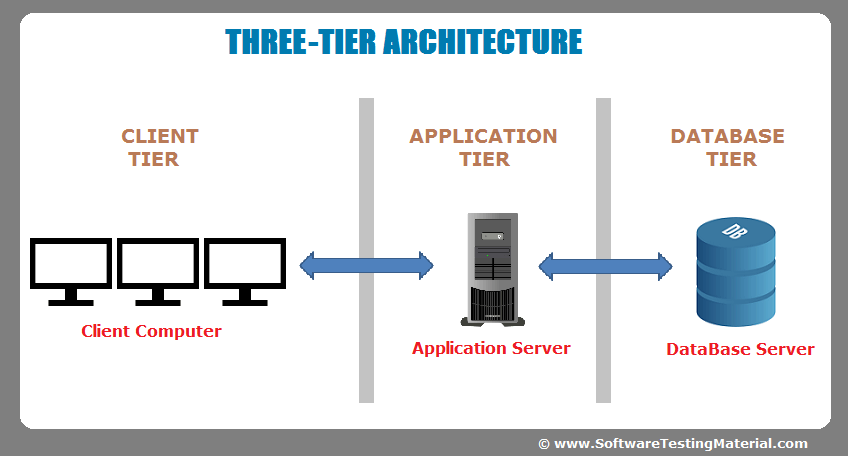
The Three-tier architecture is divided into three parts:
1. Presentation layer (Client Tier)
2. Application layer (Business Tier)
2. Database layer (Data Tier)
The client system handles the Presentation layer, the Application server handles the Application layer, and the Server system handles the Database layer.
Note: Another layer is the N-Tier application. N-Tier application AKA Distributed application. It is similar to the three-tier architecture but the number of application servers is increased and represented in individual tiers in order to distribute the business logic so that the logic will be distributed.

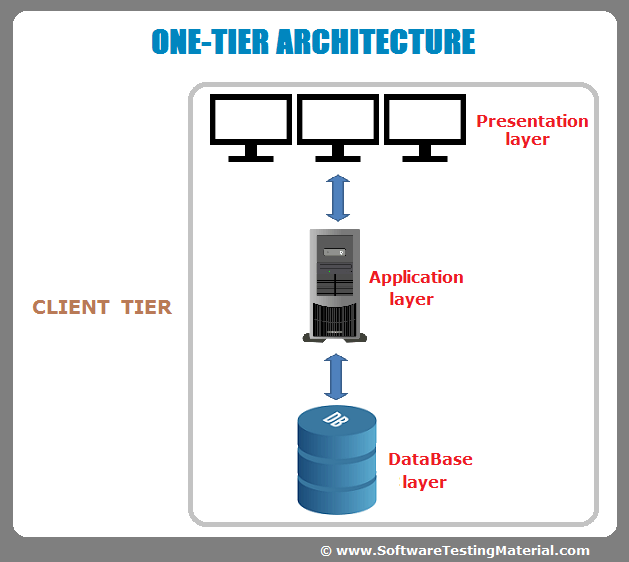


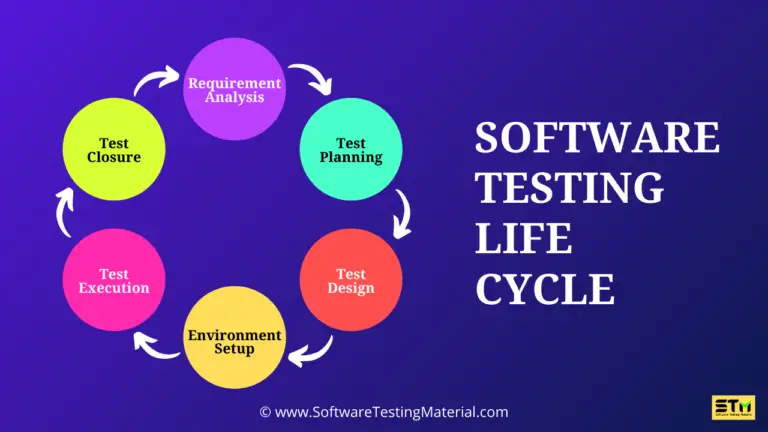
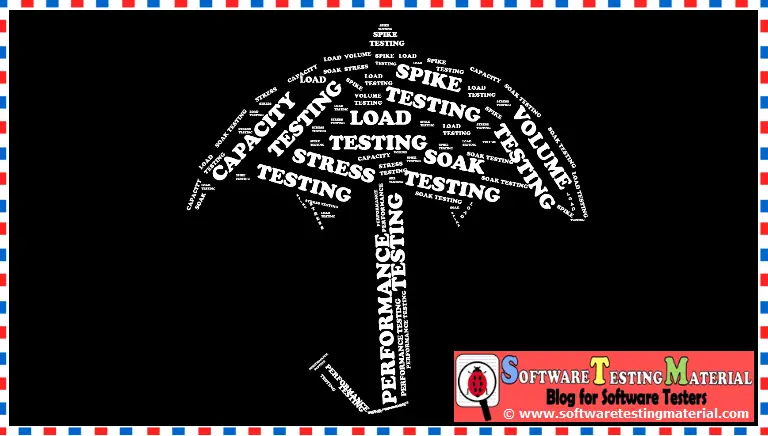



Good info
Thanks Amol. Im glad you liked it.
Thank you So much for the information, it is better to add more information about real-life examples for each database architecture.
Thanks for the effort
Thank you for defining it in a way which is easy to understand.
Thanks for your kind words Sushma
Thanks for such an elaborative material. It is good to add knowledge.
Welcome. Keep visiting Galgalo.
Thanks for your effort to explain this. you’ve saved me a lot. Am grateful. blessings.
Thanks for your kind words Emilly Bigz.
Good information about the one tier two tier and three tier application
Thank you for sharing…^_^
Can You describe how the evolution of client-server architecture affects software development processes?
THE INFORMATION IS VERY HELPFUL IN MY IGNOU ASSIGNMENTS.
THANKS A LOT